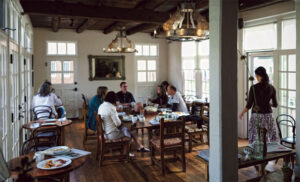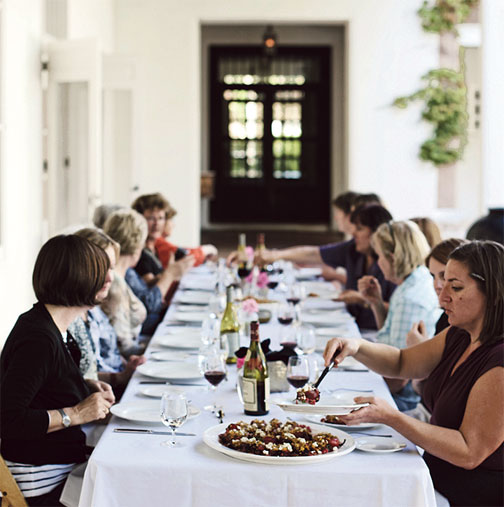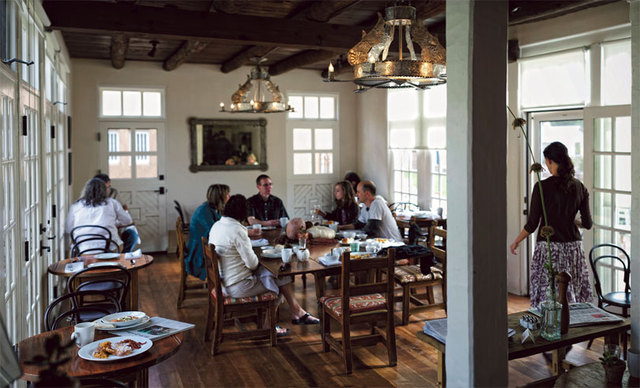Locovore
 Sergio Salvador salvadorphoto.com
Sergio Salvador salvadorphoto.com
Latest Article|September 3, 2020|Free
::Making Grown Men Cry Since 1992

 Sergio Salvador salvadorphoto.com
Sergio Salvador salvadorphoto.com


Sergio Salvador salvadorphoto.com
